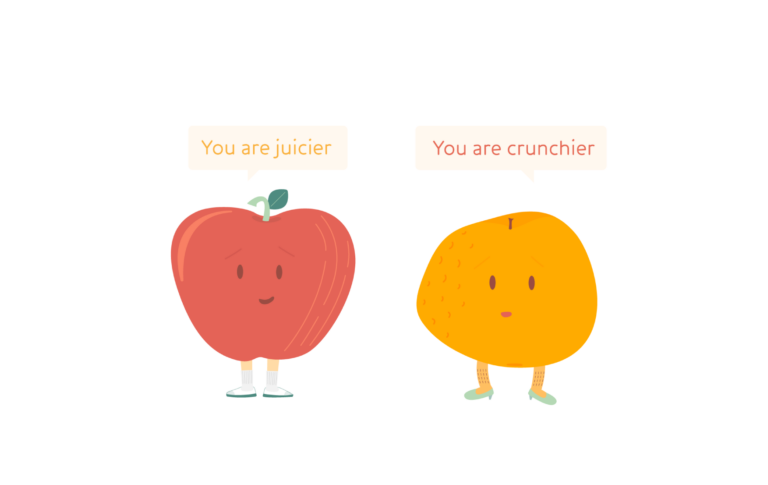A new era of reward: material versus non-material
It is reported that in the U.S. alone, $46 billion worth of gift cards were purchased in 2016, with the bulk of that amount being in the B2C sector where people spent $28 billion on gift cards for others and $11 billion on gift cards for themselves. The B2B sector accounted for the other $7 billion in sales to employers who purchased cards to give to employees. UK gift cards’ transaction value for employees was recently estimated at $1.6 billion based on a total worth of $ 8.5 billion in 2015.
I think you get it. The market for gift cards as employee rewards is big and getting bigger. Why? Whether you buy your gift cards direct from the retailer or via a third party who has purchased the cards at a discounted value, your cash, or more to the point your employer’s cash, is very appealing.
Here are just three reasons to get us started.
Uplift
Uplift is the amount over the value of a gift card the customer spends. Gift cards are often seen as “free money”. Rather than leave a balance on the card, customers are inclined to treat the gift card amount as a minimum purchase price. In fact, studies have found that 69% of gift card recipients will spend more than the value of the gift card, with 30% spending $25 more. This is known as “uplift”, and it is additional profit for the retailer.
Float
When a pre-paid gift card or gift card is purchased, it is money that goes into the retailer’s bank account that earns interest. This is called a “float”.
Breakage
While the card will be redeemed for goods at some point, and the uplift generated increases overall sales. If the card is never redeemed, or not fully redeemed, the retailer has still benefited from the initial sale of the card and “takes” all the breakage. That’s right, they get it all.
The benefits of having your employer’s gift card money were in fact that great that since the eighties a host of internationally renowned reward companies have created their own multi-redemption reward products. That means they actually cut out the retailer from the float and breakage (gift and pre-paid card breakage can be as high as 11%) as well as maybe receiving up to 15% discount from the retailer for the privilege their shop receiving the spend uplift.
Are we really to believe the advertised benefits to employers and employees are genuinely at the heart of gift card growth?
This segment of the gift card industry is built on one premise. Cash does not motivate, non-cash rewards do. Countless studies have up until now monopolised employee reward thinking, here are just a few:
-
Victoria A. Shaffer and Hal R. Arkes (2009) – Wichita State University study
Their study, which was published in the Journal of Economic Psychology, showed how emotion might play into the desire for a tangible alternative to cash suggesting the thought of receiving a “gift” that the participants wouldn’t necessarily go out and buy themselves created more excitement and enjoyment.
-
Dhar, R., & Wertenbroch, K. 2000. Consumer choice between hedonic and utilitarian goods. Journal of Marketing Research, 37: 60-71
Their research examined the value of hedonic goods or services as non-cash rewards; people appearing to value items that are associated with being a treat rather than more instrumental or functional items.
-
Loewenstein, G., Weber, E. U., Hsee, C. K., & Welch, E. S. 2001. Risk as feelings. Psychological Bulletin, 127: 267-286
The nature of the incentives and whether if a feels ‘luxurious’ was found to trigger reactions to the reward that becomes a more important attribute than its actual cash value.
-
Schwarz, N. & Clore, G. L. 1988. How do I feel about it? Informative functions of affective states. In K. Fiedler & J. Forgas (Eds.), Affect, cognition, and social behavior: 44-62. Toronto: Hogrefe International.
In Schwarz et al’s study, they discovered that people use their feelings and emotional responses as information when determining the value of the incentive.
-
Kunda, Z. 1990. The case for motivated reasoning. Psychological Bulletin, 108: 480-498.
Kunda’s research on motivated reasoning looked at the way people tend to picture best case scenarios when imagining the consumption utility of hedonic non-cash rewards.
And I am not going to disagree with them all. There are certain benefits locked within a true non-cash reward. Purchased specifically with an individual and their needs in mind. So the question seems to be what is cash, and what is not? I would argue the increasing choice within the gift card market that includes the likes of Tesco, Sainsbury’s, Walmart and Amazon is enough to say gift cards are quickly becoming cash, and the increasingly popular VISA or Mastercard open loop cards which can be spent virtually anywhere certainly are.
Of course the gift card industry would immediately say you cannot spend a gift card on your electricity bills or car insurance. My answer to that would be if someone earns below the living wage, would they not rather have a reward that is able to cover such necessities? Could it even be understandable if they felt aggrieved that someone else is dictating their reward must go on a luxury they could well do without? Conversely, if they do have the means, they probably don’t need the voucher in the first place.
So employers beware; in purchasing gift vouchers you are either encouraging your employees to spend more (uplift) or lining the pockets of the card owner when the employee spends less, or not at all (breakage). Gift cards are not only a form of cash, too many who do not want them they are in fact worth less than cash – a fact recently confirmed by one of the world’s biggest gift card issuers Blackhawk networks new cardpool marketplace. The recent announcement from the gift card giant states “When selling a gift card, customers (the recipient who does not want the card) can accept a direct purchase offer from Cardpool or instead, list their gift card for sale at the price of choice on Marketplace for other buyers to purchase.”
So anyone who does not want their gift card (which, don’t forget, has been sold on the pretence that it is a. not cash and b. highly motivational because of that very fact) can now actually take the cash – minus a decent percentage I assume.
I don’t object to gift cards. Workstars is indeed a large provider of digital gift cards to employees (we don’t keep the breakage). My objection has always been to the idea that gift vouchers, cards or codes are in fact a “non-cash reward”. Who is anyone trying to fool?
But maybe the whole non-cash reward argument is coming to an end anyway. A recent study by Harvard University has finally provided evidence that reward should not be classified as cash v non-cash, but indeed material v non-material.
Money does matter – but not in the way you might expect
Harvard University’s research suggests it might be beneficial to shift the way reward is viewed. Dr Ashley Whillans and colleagues collaborated with researchers at the University of British Columbia and two institutes in the Netherlands. They conducted seven surveys of more than 6,000 respondents in four countries. The study revealed money does have the potential to increase happiness and engagement but not necessarily in the way you’d expect. It comes down to what you spend it on.
In general terms, this thinking is supported by other studies including research from the University of Cambridge and San Francisco State University. But Whillans et al’s research goes further. Specifically, it suggests the real value comes from money being used to buy services that gives the individual more time.
The shift towards non-material rewards
Time scarcity, and the associated pressures that result from it, are linked to a whole host of negative outcomes. It’s therefore understandable that there could be considerable benefits in alleviating pressures from the endless to-do list: cleaning the house, mowing the lawn, getting the front room decorated or any of the numerous activities people feel the need to do but struggle to make time to complete.
In fairness, the rewards industry is only reflecting the way western society as a whole tends to think. Happiness is often linked to receiving ‘stuff’: possessions equal pleasure. It doesn’t take a huge leap of imagination to see the kind of treadmill this creates. People work harder to afford more things to make themselves happier but end up with less time for everything else. The result? They feel less happy.
The Whillans research has big implications for the rewards industry. Reward is not only about buying a way into a pleasant experience, but it can become a way for people to buy their way out of experiences that aren’t so pleasant or that are stressful simply because of a lack of time to do them. The cash isn’t motivational, what is motivational is the time it buys and the lifestyle that delivers. Getting cleaning or ironing done becomes attractive in the same way that flexible working and other time-associated perks have become desirable. The evidence looks compelling. Employers should no longer limit their thinking to monetary versus non-monetary when it comes to reward. They should be thinking about material versus non material too. Time might not be as easy a commodity to package but it is possible and it appears the effort could well pay off for everyone.


 How Machias Savings Bank improved employee satisfaction and increased commitment to company values
How Machias Savings Bank improved employee satisfaction and increased commitment to company values
 Great managers vs natural leaders: What’s the difference (and does it matter?)
Great managers vs natural leaders: What’s the difference (and does it matter?)
 Workstars now integrates seamlessly with the HRIS you use every day
Workstars now integrates seamlessly with the HRIS you use every day